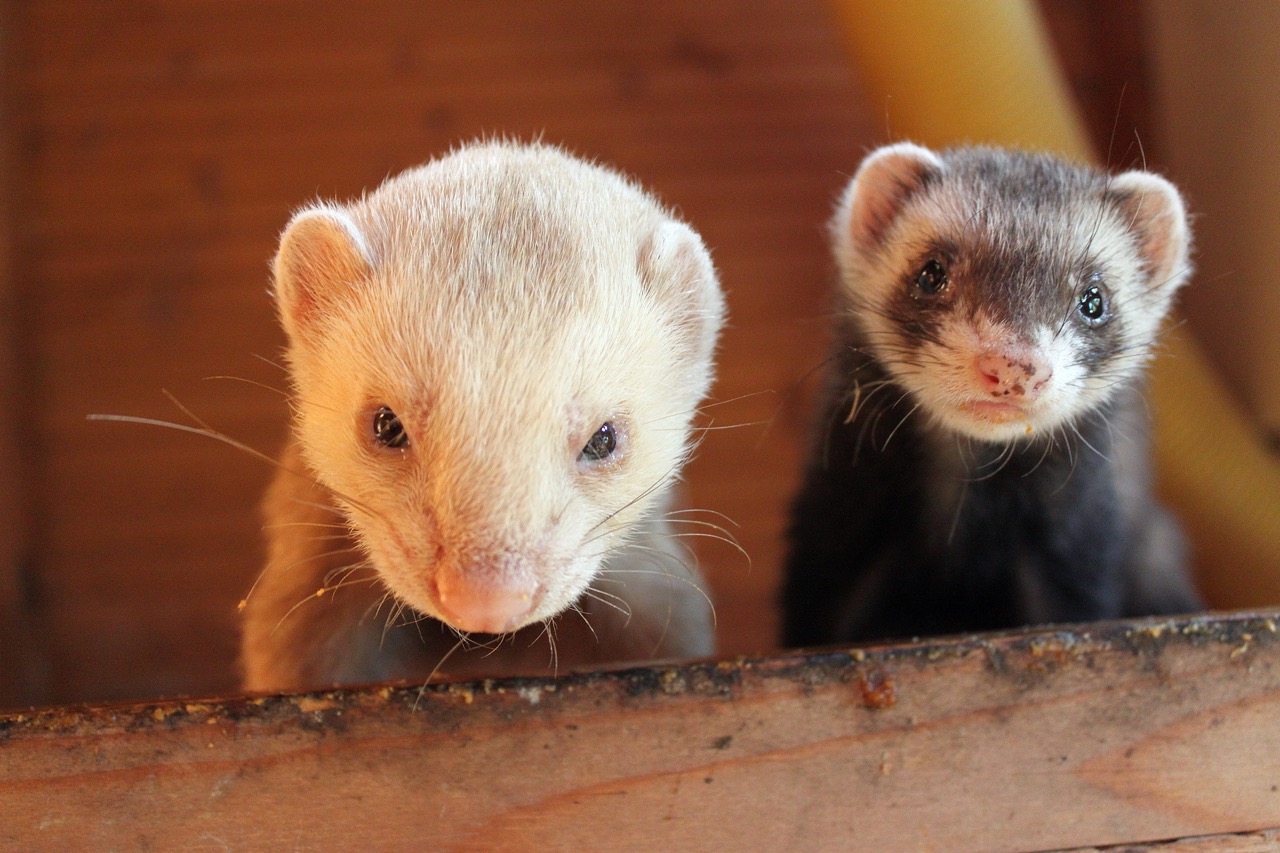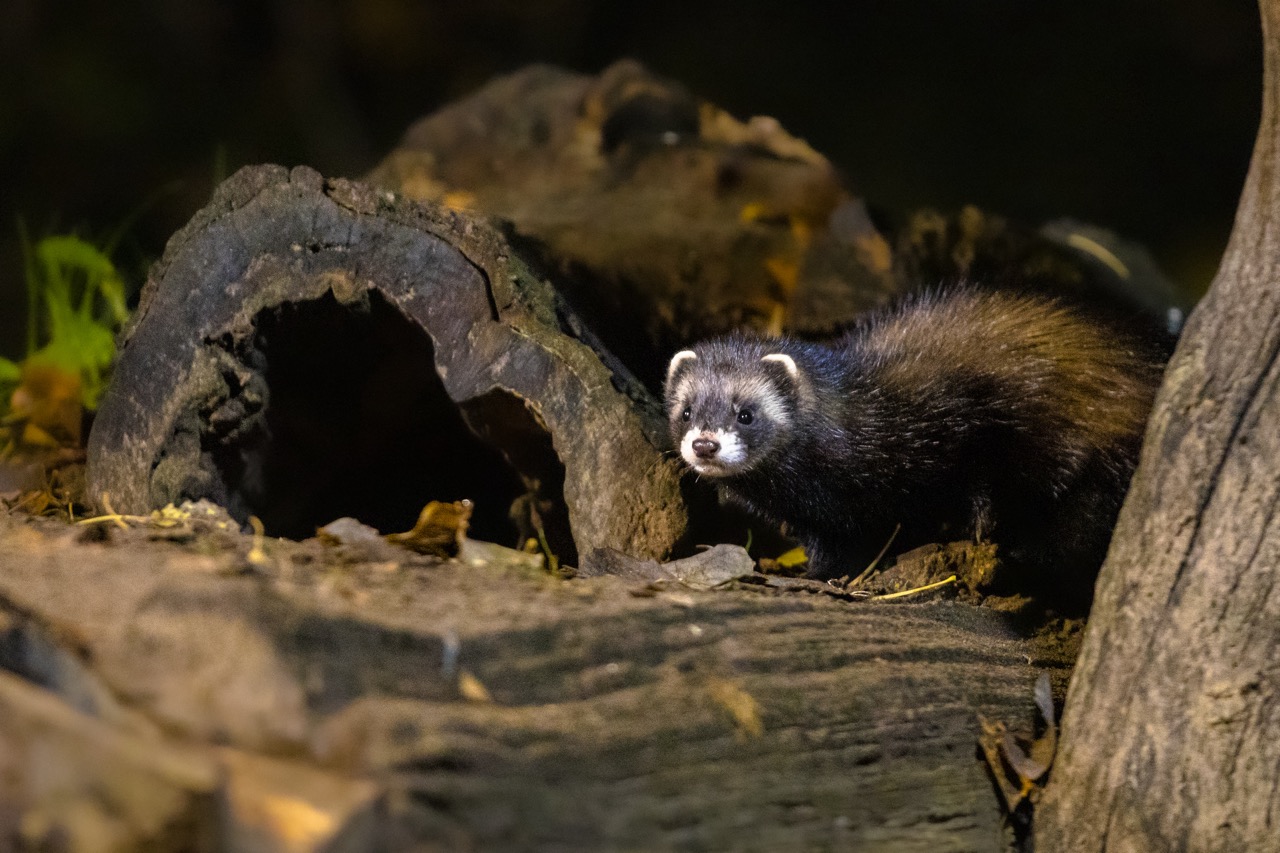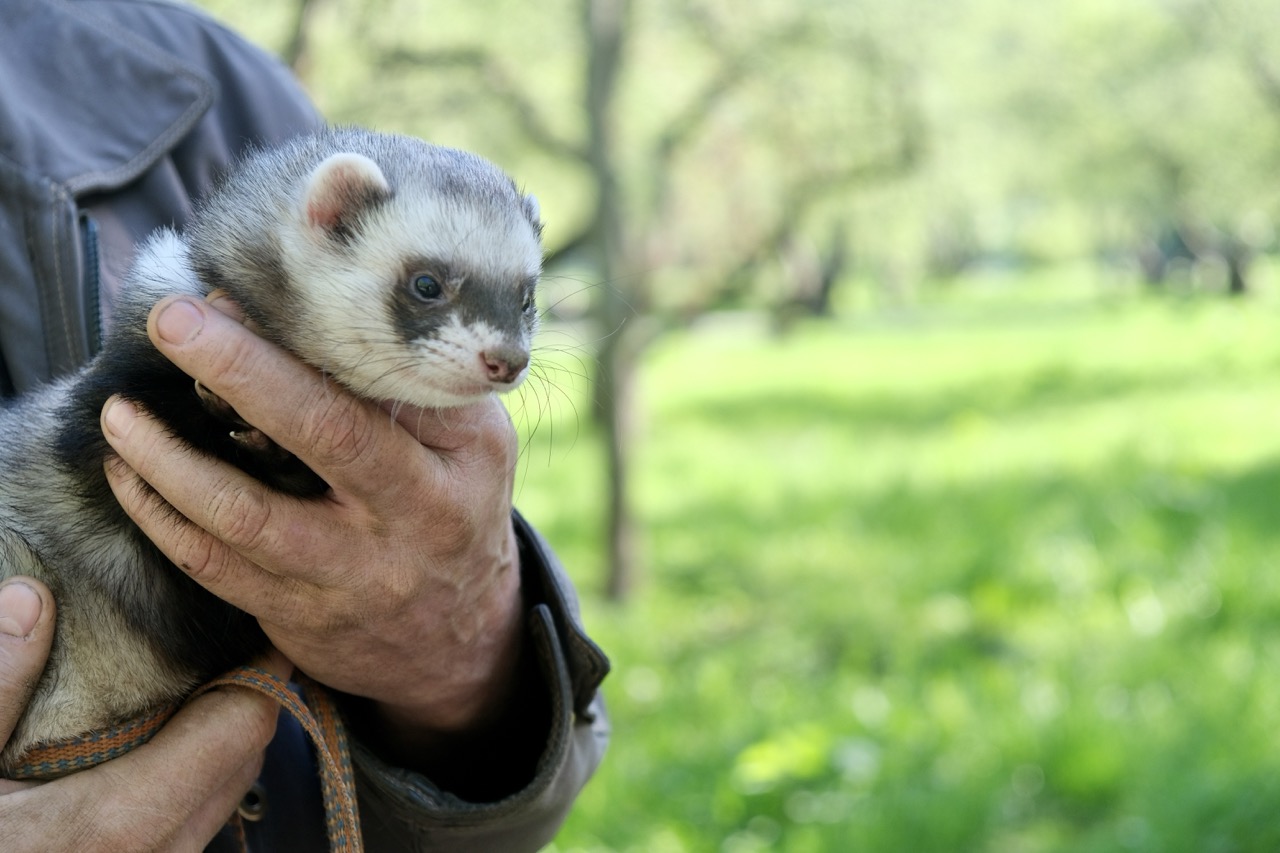Ferrets, small carnivorous mammals belonging to the weasel family, are known for their playful nature and adaptability. As members of the Mustelidae family, their biological composition allows them to thrive in varied environments. This article explores how ferrets’ biology offers them unique advantages in adapting to environmental changes, focusing on genetics, physiological changes, and behavioral adaptations. Understanding these mechanisms can illuminate not only ferret survival strategies but also broader ecological principles.
Understanding Ferrets: An Overview of Their Biology
Ferrets have a streamlined body and a flexible spine, characteristics that enable them to navigate through tight spaces and burrows with ease. Adult ferrets typically weigh between 1.5 to 4 pounds and measure about 20 inches long, including their tails. Their fur is soft and comes in various colors, including sable, albino, and dark-eyed white, which can serve as camouflage in different environments. These physical traits are crucial for their survival in both wild and domestic settings.
Ferrets are obligate carnivores, meaning their diet primarily consists of meat. Their digestive system is adapted to process high-protein foods efficiently, which is essential for their energy needs. Unlike many mammals, ferrets have a high metabolic rate, requiring them to eat frequently throughout the day. This biological requirement ensures that they can maintain energy levels, especially when faced with environmental challenges where food sources may be scarce.
Additionally, ferrets exhibit unique social behaviors that influence their adaptability. In the wild, they often live in small groups, which provides them with enhanced protection against predators and improves their foraging efficiency. This social structure allows for cooperative behaviors, such as grooming and playing, which can strengthen group dynamics and provide emotional support during environmental changes.
The Role of Genetics in Ferret Environmental Adaptation
Genetics play a crucial role in ferrets’ ability to adapt to environmental changes. Through natural selection, ferrets have developed specific genetic traits that enhance their survival in various habitats. For instance, differences in coat color can help ferrets blend into their surroundings, providing camouflage against predators. Such adaptations increase their chances of survival and reproduction, ensuring that these advantageous traits are passed down through generations.
Moreover, genetic variation within ferret populations can lead to differing responses to environmental stressors. For example, some ferrets may possess genes that confer resistance to certain diseases or parasites prevalent in their habitats. This genetic diversity is vital for the overall resilience of ferret populations, as it allows them to withstand environmental pressures, such as climate change or habitat destruction.
Research into ferret genetics is ongoing, revealing insights into how selective breeding in domestic ferrets can influence their adaptability. By understanding the genetic basis of traits like size, coat type, and even temperament, breeders can enhance the health and adaptability of domesticated ferrets. This knowledge can also be applied to conservation efforts for wild ferret populations, ensuring genetic health and diversity are maintained.
Physiological Changes in Ferrets During Environmental Shifts
Ferrets exhibit various physiological changes in response to environmental shifts. One notable adaptation is their ability to regulate body temperature. In colder climates, ferrets can increase their metabolic rate, generating more body heat to maintain a stable internal environment. Their dense fur also plays a critical role in insulation, allowing them to thrive in different temperature ranges.
Additionally, ferrets have developed efficient cardiovascular and respiratory systems that enable them to adapt to high-energy demands during foraging and hunting. During periods of environmental stress, such as food scarcity, ferrets can enter a state of torpor— a temporary hibernation-like state that conserves energy. This physiological adaptation allows them to survive when resources are limited, thus enhancing their chances of survival until conditions improve.
Furthermore, ferrets possess a highly efficient digestive system, allowing them to extract maximum nutrients from their carnivorous diet. Their short intestines and specialized enzymes enable rapid digestion and nutrient absorption, which is critical for maintaining energy levels. This adaptability is especially important during seasonal changes when food availability can fluctuate significantly, ensuring ferrets can sustain themselves and thrive in varying environments.
Behavioral Adaptations of Ferrets to Survive Changing Habitats
Behaviorally, ferrets demonstrate remarkable flexibility in response to environmental changes. Their playful and curious nature allows them to explore new habitats and find alternative food sources when their usual ones are unavailable. This exploratory behavior is crucial for survival, as it encourages them to adapt their foraging strategies according to the resources available in their environment.
Additionally, ferrets are known for their social structures, which facilitate cooperative behaviors among members of a group. In times of environmental stress, such as a sudden food shortage, ferrets may engage in communal foraging. This behavior increases the likelihood of finding food and helps to distribute resources more evenly among the group, thereby enhancing the overall survival of the population.
Ferrets also utilize communication as a behavioral adaptation to their surroundings. They produce a range of vocalizations, body language, and scent-marking behaviors to convey information about food sources, threats, or social interactions. This adaptability in communication enables ferrets to respond effectively to changes in their environment, fostering both individual and group survival in the face of challenges.
In conclusion, ferrets exhibit a remarkable ability to adapt to environmental changes through a combination of biological, genetic, physiological, and behavioral mechanisms. Their unique physiology allows them to thrive in diverse habitats, while genetic variations within populations enhance resilience against environmental stressors. Additionally, their behavioral flexibility supports survival in changing conditions, showcasing their adaptability. Understanding these aspects not only highlights the ferret’s ecological significance but also provides insights into broader evolutionary processes and the importance of biodiversity in maintaining healthy ecosystems.










